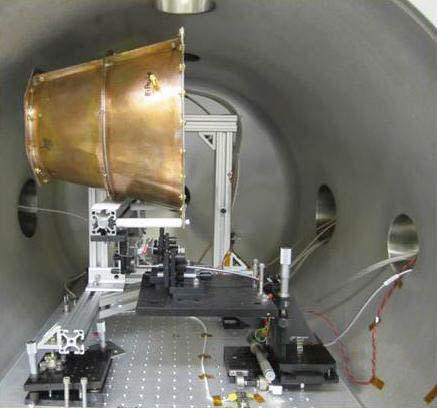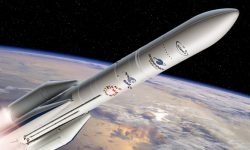
The thrust of the EMDrive engine explained by a measurement error?
– News of May 29, 2018 –
In recent years, the EMDrive engine has fascinated everyone interested in space propulsion. EMDrive is an engine devised by the British physicist Roger Scheuer. This physicist says that this engine is capable of producing a thrust without ejecting material, by simply plugging it into an electrical source. It is the dream of propulsion in space. Indeed, propellants often represent the majority of the mass of a space probe or spacecraft. If a technology allows to no longer use propellants, it will change everything. But the EMDrive does not only change the rules of space propulsion, it also changes the rules of physics : the EMDRive engine challenges the action/reaction principle, that is to say the third law of Newton .
This law of physics stipulates that the actions of two bodies one on the other are always equal and opposite. It is this law which explains that the rockets go upwards when they eject gases downwards. 331 years after its publication, it is a law that has a monumental experimental confirmation. The main argument of the EMDrive comes from some experiments reproduced by several teams that show a small thrust, very variable depending on the protocols. There are three ways to explain this phenomenon. The first possibility would be the simplest : the measurement error. Physical experiences become more complex and errors can multiply. Second possibility : there is a part of reality that is hidden from us but that has an influence on the phenomena observed. This is for example the hypothesis that is made for dark matter. Third possibility : the laws of physics that we use are erroneous or incomplete. We must rewrite them.
A German team that has conducted its own experiments with the EMDRive engine wants to close the debate. Like everyone else, they observed a thrust but a detail of their experiments pushes them to refute the validity of the EMDrive : by configuring a control experiment that should not have produced push, they still observed one. It is therefore that the thrust does not come from the EMDrive but from the way the experiment is conducted. The authors of the study believe that this is due to an electromagnetic interaction between the wiring of the experiment and the Earth’s magnetic field. It would therefore be a measurement error. But defenders of the EMDrive engine could argue that the measurement error lies in the experience of the German team.
By David A. Brady, Harold G. White, Paul March, James T. Lawrence, and Frank J. Davies. Eagleworks Laboratories, Lyndon B. Johnson NASA Space Center [Public domain], via Wikimedia Commons









